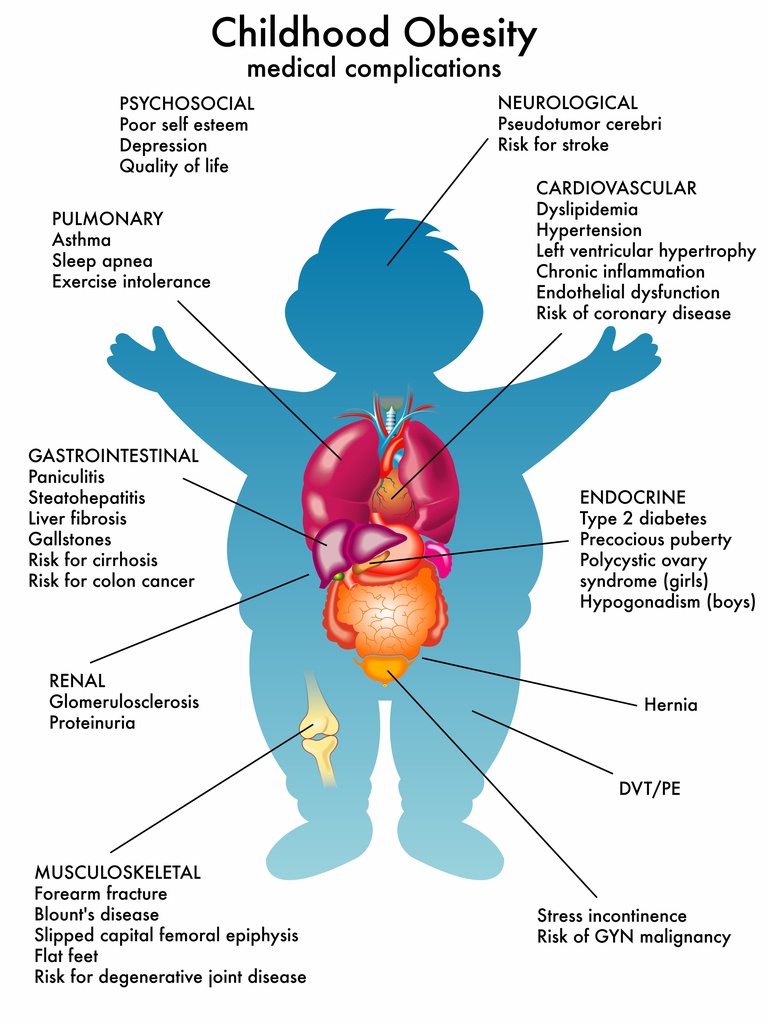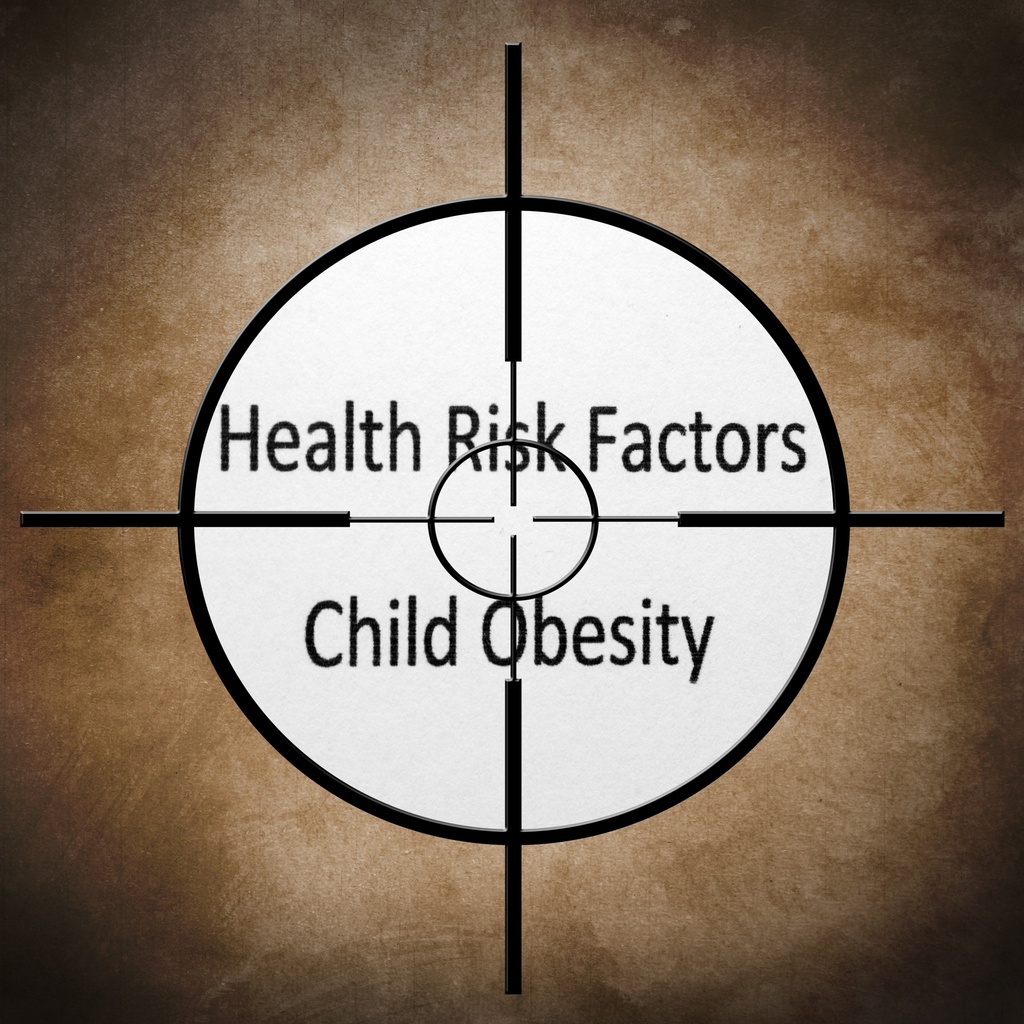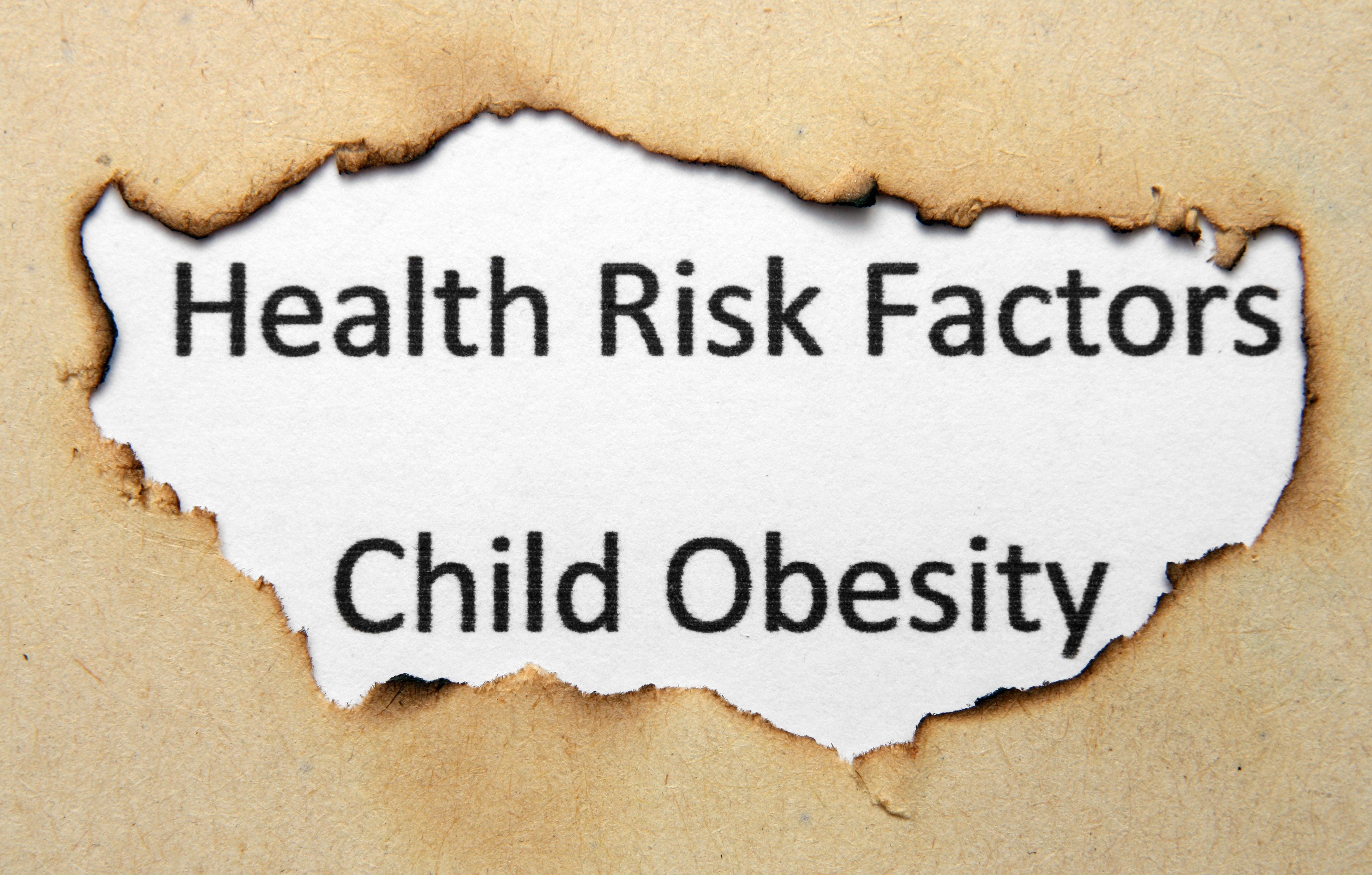According to obesity researchers, the United States obesity rate has more than doubled for preschoolers and adolescents-and more than tripled for ages 6 to 11-over the past 30 years.
Obese children are at greater risk for health problems such as diabetes and heart disease, and often carry these problems into adulthood.
So, how do parents help children, and the entire family, eat healthier, both at home and away-from-home?
“Talk to your pediatrician, family doctor or registered dietitian to determine the healthiest weight goals for the entire family,” said nutrition expert Jenifer Bland-Campbell, “then make a plan to tackle the issue.”

She offers these tips to help parents help their families eat more healthfully:
- Eat at least one meal together daily, at regular intervals to discourage snacking.
- Prepare healthy dishes for the whole family, not just special foods for an overweight child.
- Don’t use food as a reward, comfort or punishment.
- Watch portions. “Clean your plate” is not always the way to go.
- Eat slowly. It takes almost 20 minutes for the brain to register that the body is full.
- Encourage water or skim or 1% milk instead of high-calorie, sugary drinks.
- Getting kids to eat at least five servings of vegetables and fruits each day will not be easy, but focus on the colors to make it more fun. for more tips. 5 a day
- Use low-fat or fat-free dressings, mayonnaise and dairy items at home as if they are the full-fat versions. Kids will take your cues. Ask for the same items on the side when eating away-from-home.
- Take the stairs. When you go shopping, park the car farther away from the store and walk.
- Limit television, video games or computer time.
- Replace mayonnaise and cheese on burgers or sandwiches with ketchup, mustard or barbecue sauce.
- Stick with items that are baked, broiled, steamed or poached-not fried.
- Ask for nutritional information when eating out.
- Look beyond the children’s menu, often limited to fried, high-calorie, high-fat foods and split one healthier adult entrée between two children.
- Ask for a takeout container and put some of the food in before you eat.
- Ask that bread, beverages and tortilla chips be served with the meal, not beforehand.
“Parents can help children reach wellness goals by first making healthy changes at home, then teaching kids what to do away from home,” said Bland-Campbell.
“Healthy eating does not happen overnight, but children take cues from their parents and will learn behaviors over time.”

Bland-Campbell is a registered dietitian with ARAMARK, a company that manages food service programs at businesses, colleges, hospitals, and approximately 4,000 schools across the country.
You can find research on the away-from-home nutritional preferences of Americans at ARAMARK’S web site.
There, parents can find their own dining style and receive tips from dietitians on more ways to eat better.
[video_page_section type=”youtube” position=”default” image=”” btn=”light” heading=”” subheading=”” cta=”Childhood Obesity: Are You Dishing Up Too Much?” video_width=”1080″ hide_related=”true” hide_logo=”true” hide_controls=”true” hide_title=”true” hide_fullscreen=”true”]https://www.youtube.com/watch?v=j4XUgeVA-CY[/video_page_section]
We speak to Bethany Walton, who weighed 6 stone at 5 years old and currently weighs 27.5 stone.
Bethany says that her mum should of controlled her eating habits when she was younger.
But how much is too much when it comes to children’s meals?
Dr Sara Kayat will be showing us and will advise on what to do if you think your child is overweight.

